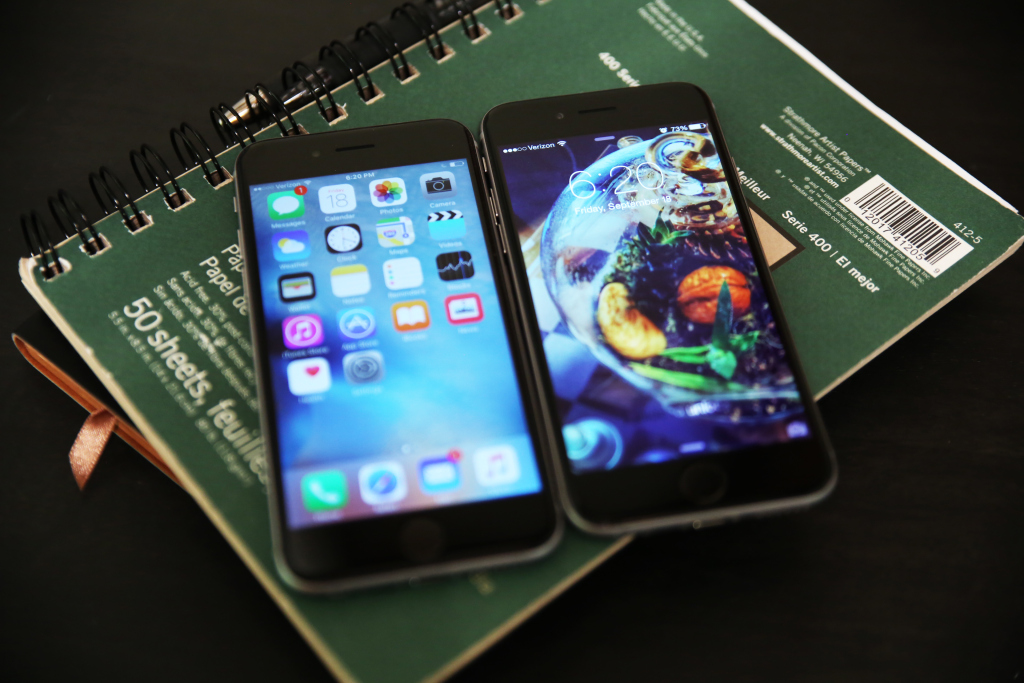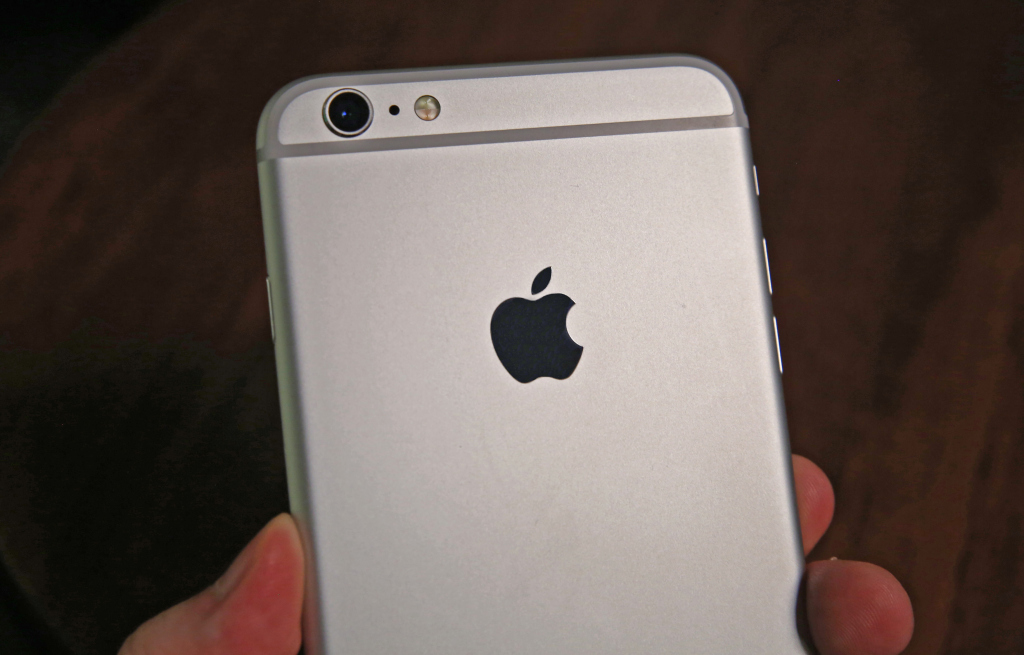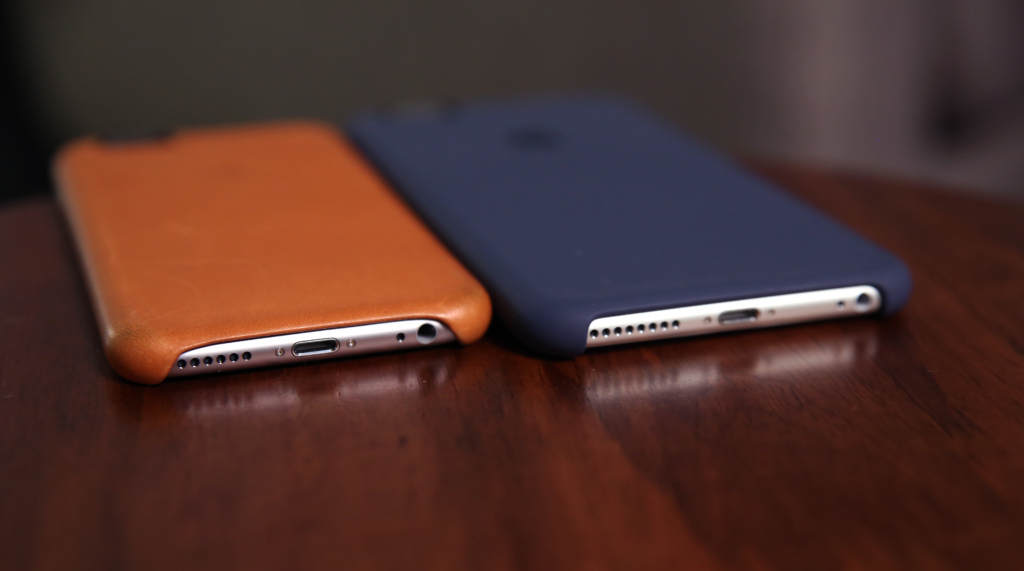ick, tock. Tick, tock. This is the familiar sound of Apple’s iPhone.
Popularized by
chip maker Intel, ‘tick tock development’ has come to refer to a major change in a product followed by a refinement of that product. For several years, Apple has focused on large design changes every two years, with healthy, though arguably less showy, upgrades in between. This has resulted in the iPhone and ’s’ iPhone being considered iterations of one another, rather than whole sale new models.
Though most people assume that those middle models are a simple refresh, Apple has been enacting a new strategy of using the mid-cycle models to set the stage for the power requirements (in terms of raw speed) for its next iteration.
This year, Apple’s iPhone 6s has bucked that trend with not only an enormous processing power upgrade but three marquee features that provide significant value to the customer — and they’ve backed it up with a new purchasing plan that removes a lot of the reasons many people have for not upgrading every year. I’m no analyst, but I believe that this is going to be a record ’s’ year in sales for the iPhone.
In last year’s review of the iPhone 6 and 6 Plus, I took them on a
trip to Disneyland. This year, the family went to Disneyland and I went to San Francisco to throw our Disrupt conference, which I’m up early for as you’re reading this. So instead of a travelogue, we’ll have a talk about what it’s like to run a major tech blog almost entirely from the new iPhones and mix that in with some philosophical chit chat.
In the process, we’ll get into what the big new features — 3D Touch, an upgraded 12MP camera with 4K video recording and Live Photos — mean for the industry. Hopefully, while we do that, you’ll get a decent picture of whether or not they’re appealing to you. Let’s get started.
Performance In Between
As I mentioned above, the ’s’ years have grown increasingly important to Apple’s silicon roadmap. The A-series processors that they design internally and have built for them are growing ever more powerful, supporting features that are extremely rare in any device, much less a phone. Let’s paint a little picture of how Apple has been evolving its processors between the ‘tick’ and ‘tock’ cycles.
In our tests, there was a 56.5% increase in Geekbench benchmark scores from the iPhone 6 Plus to the iPhone 6s Plus. That follows a 97% increase from the iPhone 5 to the iPhone 5s.
In comparison, there was only a 24.9% increase from the iPhone 5s to the iPhone 6.
In terms of performance, the ‘tock’ years are really kicking the ‘tick’ years in the butt. There are a variety of possible reasons for this, but when you think about the fact that the chip team is able to turn and burn on new designs every two years — it’s very impressive. Especially when you remember that Apple only started shipping its own chip designs in 2013.
If you’re curious, the iPhone 6 Plus scored a 2716 in multi-core performance and 1517 in single-core score. The iPhone 6s Plus notched a blistering 2515/4367. The iPhone 6s scored similarly.
What does these numbers mean for you? A buttery smooth iOS 9 experience, with none of the lag that some folks have been seeing on other devices. Whether that lag is early version issues or not, I don’t know. But on the iPhone 6s and 6s Plus, the app switcher, the new camera and anything else I threw at it reacted with speed and a feeling of fluidity. Third-party apps like games aren’t really stressing anything inside these phones to the max yet, but Apple’s standard apps are performing incredibly admirably, as are all of the third-party apps I’ve loaded.
In terms of performance, the ‘tock’ years are really kicking the ‘tick’ years in the butt.
Siri works better than ever, is more aggressive about offering you options and feels very, very useful. The integration with HomeKit, which I haven’t been able to test so won’t opine on too long, have solid potential to be useful — especially in conjunction with the Apple Watch.
Battery life is only worth mentioning in that there has been some talk about a slight reduction in battery size for the iPhone 6s. I don’t know about that, but I can say that battery life is spec’d to be exactly the same by Apple and that’s the way it felt. Going from a heavy day of email, shooting pictures of my kid, meetings at companies like Facebook, video at a baseball game and late night Slacking all felt roughly identical on the iPhone 6 Plus and iPhone 6s Plus. No appreciable difference. To bed at around 20% with no charging during the day. If there’s any change in battery size, it’s likely more than made up for by the new power saving features in iOS 9.
By the way, given that the vast majority of folks will restore their phones from an iCloud backup, I ditched the whole ‘let’s pretend this is a new iPhone’ testing methodology. I think it’s silly to test phones in a vacuum. So I loaded up my iCloud backup with all of my normal apps — nothing too crazy, not a lot of beta software, just a healthy mix of productivity, games, sports apps and the tools I need to run TechCrunch like Slack, Convo, Notefile, email accounts and messaging clients.
By ‘cloning’ my current iPhone, I’m able to see how they both perform on an equal real-world footing, not as lab test dummies. It’s not the only method, but it’s the only one that makes sense to me.
Panes Of Glass
iOS 7. The big redesign born of a corporate restructuring that saw the departure of Scott Forstall and the installation of Jony Ive as design lead on both hardware and software. At the time, there was a ton of confusion about why Apple would do such a thing, and there were plenty of complaint about the buttons that looked like text, the removal of the delightful texture-heavy designs that had on-boarded millions of new smartphone users so handily and the design direction at large.
“It’s as if Ive imagined the OS as a physical computer made up of sliding panes of frosted glass, with surfaces activated by touch and color. You slide those panes of glass around to access various functions and, as you do, they interact to provide context and a sense of place. Then, he took that and translated it to software.”
Basically, giving iOS the actual properties and physicality of a ‘real thing’, instead of the simulacrum of the real world projected onto glass. Physics and actual depth, rather than the appearance of depth. This is what Apple has been working towards. Not only was iOS 7 much more suited to multiple screen-sizes (Apple TV, Apple Watch, dashboards, heads up displays, virtual reality), it was also laying the ground work for enabling a three dimensional computer on a two dimensional plane.
As is now well documented, iOS 7 was a painful transition for many designers and app developers (and some users). The payoff for the pain of transition, the awkward affordances struggle and the bifurcation of a team at the height of its power? 3D Touch.







No comments:
Post a Comment